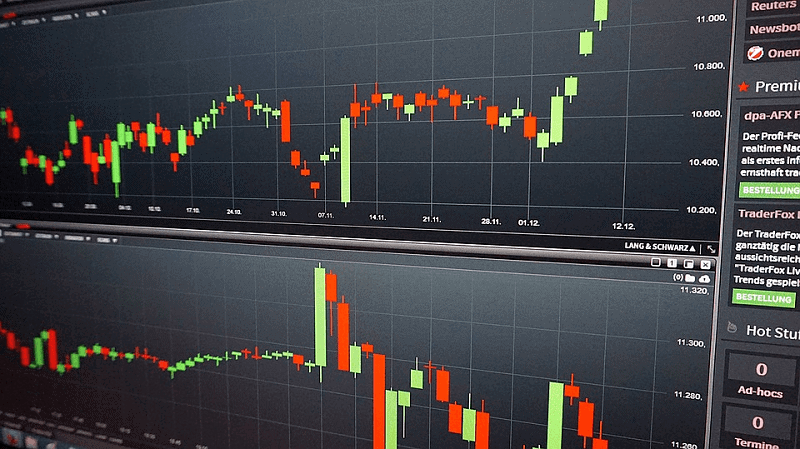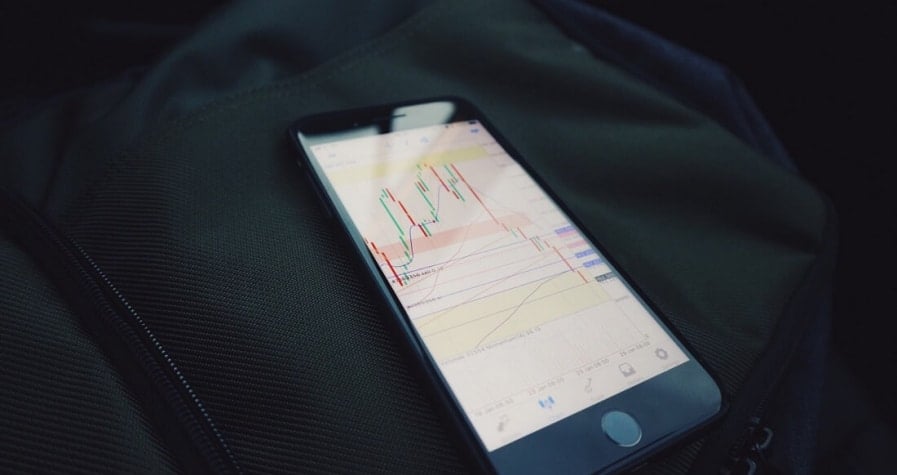What are the 3 main types of stocks and 3 types of stock trading?
 What are the main types of stocks, what are the main types of stock trading? Here is all about them you ever wanted to know.
What are the main types of stocks, what are the main types of stock trading? Here is all about them you ever wanted to know.
By Gorica Gligorijevic
The types of stocks can be different. There are 3 stocks major groups divvy up the stock market into smaller pieces.
Here are the 3 main types of stocks:
Traders-Paradise will point these three types that are most interesting to investors and traders. We want to explain all benefits and disadvantages if any for each of them
Common stocks
The term originates from the availability. These stocks are the most common among others. They make up the bulk of the buzz on Wall Street. Common stock is a part of ownership in the company. Common stockholders have a right to a company’s profits and value, as well as a vote in major decisions and board elections. You can see their prices quoted online, in newspapers, financial publications, etc. Common stocks may pay a dividend but not necessarily. They are riskier than preferred stock.
Over the long run, these stocks, from the point of capital growth, will yield higher returns than almost any other investment. But it isn’t without costs. Common stocks involve the most risk.
When people talk about types of stocks, in general, they are most likely referring to this type. Common shares represent ownership in a company and a part (dividends) on a portion of profits. Investors have one vote per share to choose the board members. They monitor the major decisions made by directors.
But this is the place where privileges stop. For example, if a company goes bankrupt, the common stockholders will not get the money before the creditors, bondholders. Only when they all are paid it’s time for stockholders to be paid.
When you buy common stocks, you become a partial owner of the business in the way. Stocks are bought in shares. The more shares you have, the bigger your share of the profits. It commonly refers to dividends. Investors usually get one vote per share. Voting is a privilege given to a shareholder and is used in situations such as as-as the election of the board members who oversee the major decisions made by management.
Preferred stocks
This is another one among the types of stocks. Preferred stock represents some level of ownership in a company but regularly doesn’t come with the same voting rights. They are issued with known dividends much higher than the common stock. An added advantage is that in the case of liquidation preferred stockholders are paid off before the common stockholder. These stocks are safer than common stocks.
Preferred stocks can be callable, which means that the issuing company can buy back issued preferred stocks at a premium on its own accord.
Stocks are also convertible, that allow a preferred stockholder to change their preferred stocks into common stock.
The owners of the preferred stock take on most of the risk. For example, if the company misses one of the dividend payments, it doesn’t result in a failure.
In most cases, a missed dividend payment accrues and the company will eventually pay it back to the investors. The dividend on the preferred stock must be paid before any dividend is paid to the common stockholder. Preferred stock is however junior to debt.
Share classes
This is considered to be one of the types of stocks for many reasons. Common and preferred are the main kinds of stock. However, it’s also possible for companies to modify different classes of stock in any way they want. The most frequent reason for this is the company wants the voting power to remain with a certain group. Hence, different classes of shares give different voting rights.
For example, one class of shares would be held by a select group who are given 10 votes per share while a second class would be issued to the majority of investors who are given 1 vote per share.
If there is more than one class of stock, the classes are traditionally characterized as Class A and Class B.
In many instances though, the company may choose to decouple the voting rights from the shareholding by creating multiple classes of stock. The most common way this is done is via the issuance of A and B classes of shares. Shares are normally sold to the public but they may carry very little voting right. Most of the voting rights may be concentrated in the B shares, which may primarily be held by the management or the founders/founding families of the company.
This is one way of enabling the public to finance and participate in the growth of the business. But, at the same time, not giving up the ability to control the direction of the company. This may be useful for the management or the founders of the company to continue to run the business in line with their original vision.
However, this also creates various conflicts or issues such as:
1) The A-shares are less desirable and will trade at a discount to the B shares due to the limited voting rights,
2) This discourages the shareholders or an activist investor to come in and make changes to the management or the business direction that may be sorely needed, and,
3) This encourages the management or the B shareholders to run the company for their own benefit and not for the benefit of the public shareholders.
Some of the well-known companies that have their shareholding organized this way are Ford Motor Company, Google Inc, and Alibaba.
For example, Berkshire Hathaway (ticker: BRK), Warren Buffett’s company, has two classes of stock.
You can notice the difference in the ticker symbol. For example, BRKa or BRKb, also, BRK.A, or BRK.B.
What are the 3 main types of stock trading?
Based on the duration of stock holding, the different types of stock trading can be classified as:
Day Trading
It is a type of stock trading where both buying and selling of a financial instrument are done on the same day. This means, all the tradings are closed before the market closes for the day. Traders who participate in day trading are described as active traders or day traders. Day trading requires a fast decision and quick action.
We don’t advise this type of stock trading to a beginner.
Short Term Trading
A trade period of more than one day to a few weeks is viewed as a short term trade. Traders buy and hold in position from one day to a few weeks. They enter the short trade when creating a sell position.
It is closed by buying after one day or in a few weeks.
For example, swing trading and pattern trading are varieties of short trading.
Long Term Trading
In this type of stock trading, the stock is held for many months to many years. The investment decision is made by a fundamental analysis of a stock. Why traders like this type of trading? Well, it is due to the profit that comes from the company’s growth, the other reason is dividends.
For example, value Investing and the buy-and-hold strategy.
All about types of stocks and stock trading
So we can say, stocks are claims of ownership in the business that is publicly distributed.
However, this ownership can come in many different ways. We presented you with different types of stocks that you may find in your investment business. Not all of these are exactly an alternative of stock ownership, but we have included these here.
A stock trader job can be very profitable.
You realize that there is plenty of benefits to stock trading. You have legitimate reasons to enter the field of stock trading. It is now time to decide what type of trader type you want to be.
All you have to do is to adopt the correct strategy in your future investment profit making!





